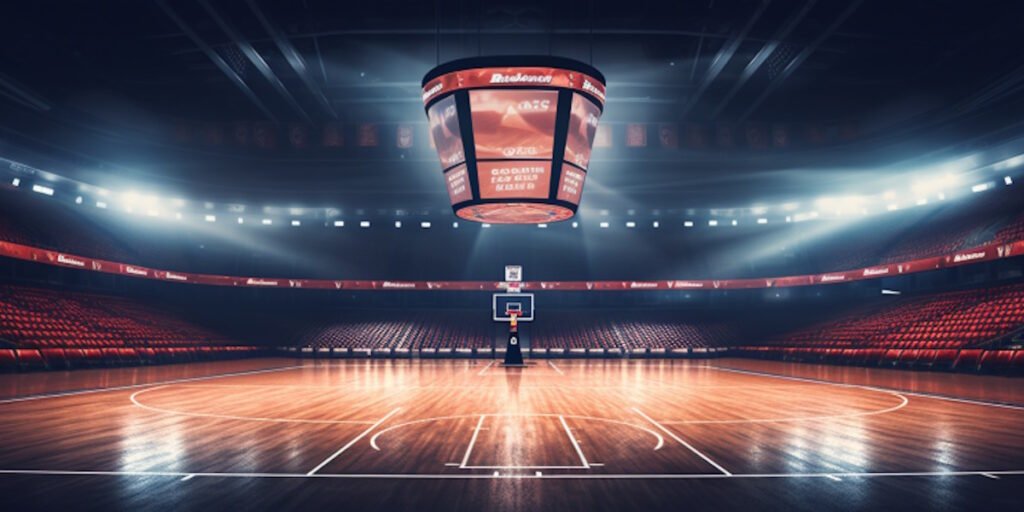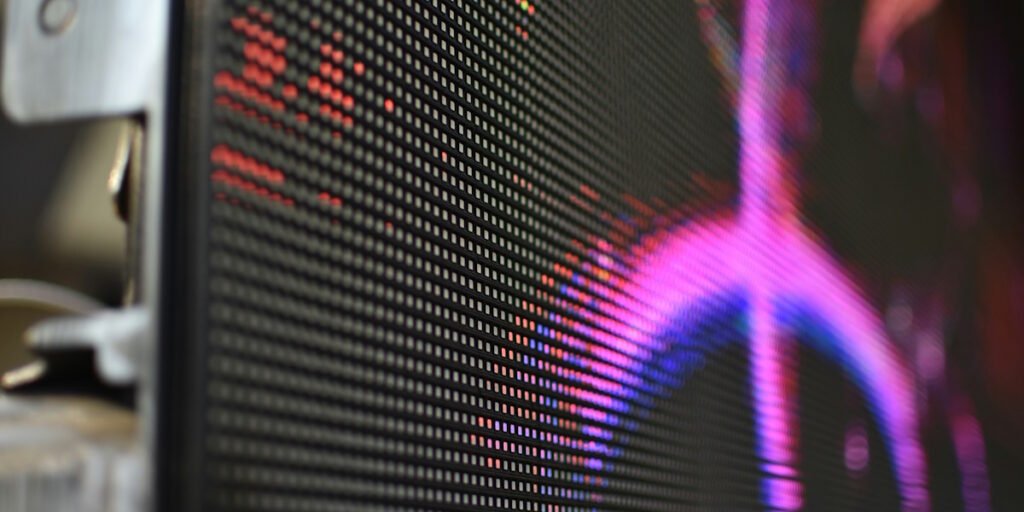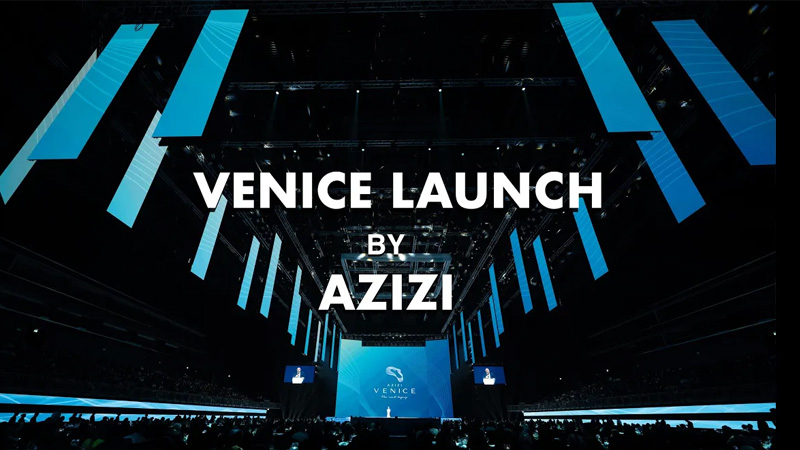Whether you’re designing a convention center or looking for effective ways to enhance the effectiveness of company conferences, video walls are a great option. At its heart, a video wall is a single screen comprised of multiple smaller video displays.
These displays have been used for entertaining audiences, introducing a company’s newest technology, and as the heart of command centers. Behind these amazing visuals is a device known as a video wall processor, and it’s an essential part of getting the most out of your video wall.
1. What is a Video Wall Processor?
Connected to an LED screen wall is a hardware unit that houses an important piece of software known as a video wall processor. This sophisticated software is optimized for handling the video walls’ multi-monitor display. The processor can control each unit individually, making it possible to simultaneously deliver an immense amount of information. The processor can also use each unit as a larger screen for an empowering visual display. The number of connected screens is limited only by the processor’s capacity and the hardware that houses it.
It’s often possible to use a video wall without a processor, but without one, it’s difficult or impossible to get the most out of your display. This is often the source of debate in non-profit organizations and companies using a video wall. This is due to the ability of LED screen walls to solve a long-standing challenge in many industries: how to deliver information in an adaptable and dynamic range of formats. The ability of video walls to deliver information in an incredibly customizable way has seen their use spread.
Video walls are being used in the following ways:
● Control Rooms – From government offices to event security details, video walls ensure you can keep an eye on it all.
● Sports Stadiums – Whether you have courtside seats or are in the nosebleeds, everyone gets a perfect view with video walls delivering the action.
● Lobby Signage – Connect with your customers and deliver valuable information while they wait with dynamic video walls.
● Corporate Boardrooms – Make sure your next presentation hits its mark with stunning visuals delivered by a video wall.
Handling multiple screens, individually or as a single display, requires sophisticated software. Video wall processors ensure you can deliver a stunningly immersive experience that will leave an impact on your audience.

2. What Does a Video Wall Processor/Video Wall Controller Do for Me?
Video wall processors help ensure that your visual display remains agile enough to meet changing demands from moment to moment. When you want precise control over the how, when, and where of your audience’s experience, you need a video wall controller up to the task.
How Video Wall Processors Enhance Visual Performance
● Unrestricted Resolution Capabilities – From cell phones to the world’s biggest displays, resolution is essential. It defines the available “display real estate” regarding the available pixels. This is often defined in terms of PPI, or pixels per inch.
There is no effective limit on the resolution of a video wall, as you can simply add more screens. However, the quality of the image can degrade as the screen size grows beyond a certain point. Video wall processors resolve this by ensuring the imagery delivered is flawless and free from quality degradation.
● Signal Processing – Showing multiple displays using a single screen or projector is severely limited. Individual screens are limited to displaying imagery from a single source at a time. Video walls powered by video wall controllers overcome this. This powerful software makes it possible to manage input from multiple streams. These streams can be displayed in any aspect ratio, configuration, or size across the video wall’s surface.
● Processing Capacity and Performance – Professional-grade processors deliver an incredible range of options. This software lets you feed live web sources and use apps, including dashboards, clocks, and even emergency messaging systems. Further, multiple IP sources can be referenced alongside baseband sources in a single display. The most advanced designs enable click-button configuration, easily switching between pre-defined setups.
This range of capabilities is why you may find LED Screen walls in auditoriums, laboratories, airports, shopping malls, and other locations. They’re an incredible solution for any situation where information needs to be delivered in an agile and adaptive format. As technology advances, emergency centers, network monitoring transportation, security monitoring, and even mining operations are using video walls.

3. Integrating LED Screen Walls for Immersive Experiences
When you want an LED Screen wall to deliver an immersive experience, you need a processor that meets your needs. What follows are some factors that will help ensure your audience gets the experience you’re looking for.
● Scalability & Flexibility – Expandability is a major concern, especially if you’re just investing in your first video wall. While you could add a second processor later, yours should support 20% more than your current wall. If the video wall supports situations where expandability is key, 40% more may be optimal. Control rooms and security suites are situations where this kind of investment could be important.
● High Performance – Video wall processors need to be capable of individually managing multiple resolutions and display orientations. LED Video Walls are not restricted to a single shape, orientation, or size, so adaptability is key. Getting the most out of your display means maintaining the integrity of the signal from source to wall. Furthermore, there needs to be near-zero latency to maintain a steady framerate.
● Connect Your Display To Any Source – Your processor must be capable of handling multiple types of physical inputs and network streams. These should include HTML, IP Cameras, RSS Feeds, Software Desktop Captures, live streams, audio inputs, and other physical connections.
This is essential as the technology of video wall displays continues to move forward. Every year, you’ll see bigger resolutions, changing aspect ratios, greater color support, and more. The affordability of LED displays improves with each new iteration, even as the number of available features grows.
● Painless Installation and Operation – Your video wall processor should include a fully featured software suite. When designed to fit your display, this software will give you the full range of experiences your video wall can deliver. Resizing windows, saving and recalling presets, drag-and-drop sources, and multi-output management are key features to look for. It should also integrate easily customized control panels and click-button configuration changes for maximum agility. Finally, there should be no programming requirements to make use of its standard features.
LEDSINO offers an impressive range of video wall processors that can deliver all these needs. Starting with the NovaPro UHD Video Controller. This unit is capable of handling resolutions from 4k x 2k up to stunning 8k visuals in stunning HDR. If you want outstanding color and a suite that delivers on every level, check out our Colorlight family of processors. Agile, adaptive, and with options to handle countless audio feeds and any size of feed, they’re a favorite of enterprise customers.

4. How To Choose an LED Video Wall for Your Business
There are many options available when looking for an LED Video Wall, and they cover a wide range of price points. As with any purchase, there’s always a balance between the quality of the device you want and your target price. High-quality LED screens come at a greater cost, but they deliver a level of brightness and color unparalleled by lower-cost units. While investing in a lower-cost unit may save you money, you’ll also find yourself having to replace those units more often.
The next thing to consider regarding which LED Video Wall you invest in is their refresh rate. The built-in hardware can impact the send and receive rates of your screen, limiting the refresh rate and creating a lower-quality image overall. Higher refresh rates deliver less image distortion and smoother on-screen motion. The best LED Video Walls will deliver 120Hz or higher refresh rates when paired with a suitable processor and input feed.
It is critical to select a video wall that fits the target price and meets your business’s needs. Delivering attention-grabbing content with incredible visuals can ensure that you connect with your audience effectively. The up-front cost involved is an investment in getting your company’s message delivered in the most effective way possible.
5. Contact LEDSINO For the Greatest Video Wall Processors and Displays
The video wall controller is an essential component of taking advantage of everything your video wall has to offer. There’s no such thing as a one-size-fits-all solution, as the needs of every one of our customers are as unique as their business. When you reach out to the team at LEDSINO, you’ll know you’re speaking to leading experts in the field. We’ll help you navigate the complex world of video wall processors and reach a decision that will deliver your desired experience.
From selecting the right unit to getting support throughout the life of your unit, LEDSINO will be here for you. Call today to contact us and consult with one of our expert staff to get the video wall processor you need to make your business shine.



